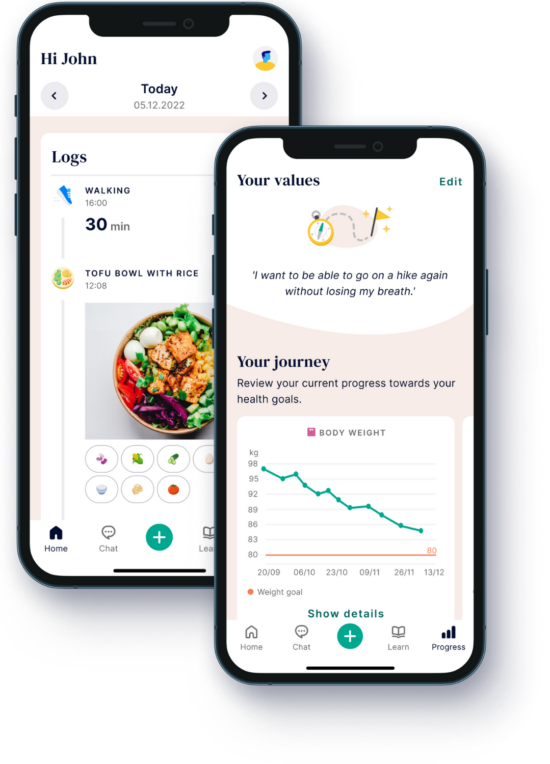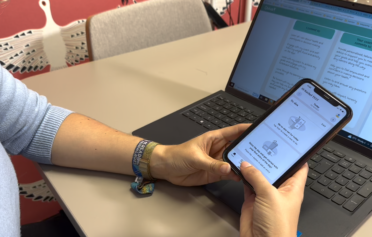
The hidden costs of a licensed structured education model
What is a licensed diabetes structured education model?
A licensed diabetes structured education (DSE) model in the UK is a standardised and evidence-based approach to diabetes education that has been approved by NICE. It is delivered by trained healthcare professionals who are part of the existing diabetes staff within the NHS, and includes programmes such as DAFNE, DESMOND, and X-PERT. These programmes cover various aspects of diabetes management and aim to improve knowledge, skills, and self-management abilities.
DSE programmes play a crucial role in managing diabetes and improving patient outcomes. However, determining the actual costs associated with these services can be challenging due to various factors. In this blog post, we will explore the complexities of estimating the real-world costs of licensed diabetes structured education models and shed light on the potential financial implications for healthcare providers and commissioners.

What are the benefits of licensed models?
A licensed diabetes structured education model benefits the NHS by providing standardised and quality education through existing NHS staff. It aims to improve diabetes care and outcomes for individuals with diabetes and the healthcare system as a whole.
By licensing diabetes education programmes, the NHS can ensure that the proposed education provided meets specific quality standards. This includes having trained educators, evidence-based content, and appropriate teaching methods, leading to improved outcomes for people with diabetes.
Its consistent curriculum, content, and delivery methods, aims to ensure that all individuals with diabetes receive the same essential information and skills.
Investing in diabetes education can result in long-term cost savings for the NHS. By equipping individuals with the knowledge and skills to manage their condition effectively, it can help prevent complications, reduce hospital admissions, and decrease the need for expensive interventions. This ultimately leads to more efficient use of healthcare resources.
However, the cost of a licensed diabetes structured education model can be much higher than the initial expense due to the need for additional resources.
It is essential to consider the long-term expenses that may arise as a result of commissioning and mobilising such a programme. One of the main reasons why the cost can be much higher than the initial expense is the need for additional resources.

The Challenge of Cost Estimation
The estimated cost per person for licensed DSE models is around £76. However, in practice this may not accurately reflect the true costs incurred by healthcare providers.
Subsequent analysis conducted by the Personal Social Services Research Unit (PSSRU) suggested an inflated price of £108 per person. This significant difference highlights the need for a more accurate understanding of the true costs involved.
However, a study published in the British Medical Journal provides valuable insights into the cost comparison between usual care and the DESMOND intervention, a specific structured education programme for diabetes. The study found that the total lifetime cost of patients receiving the DESMOND intervention was £16,289 using trial-based intervention costs and £16,162 using real-world costs. This indicates that structured education programmes can be more expensive than usual care.
Workforce Turnover
Workforce turnover can be a significant challenge when implementing a licensed DSE model.
Due to the specialised nature of the programme, it is crucial to have trained and certified educators or healthcare professionals delivering the education.
However, typically just one or two staff members are trained within a locality, making it difficult to cover annual leave or sickness.
Moreover, turnover within the workforce can disrupt the continuity and effectiveness of the programme. When educators leave, new staff members must be hired and trained, adding to the overall cost of implementing the programme.

Additionally, the time and resources required to onboard new educators can delay the delivery of the DSE curriculum, impacting the learning experience for patients. Therefore, workforce turnover must be taken into account when considering the feasibility and sustainability of a licensed DSE model.
Relying heavily on highly trained health professionals for licensed diabetes structured education can inadvertently strain essential NHS services, underscoring the need for alternative delivery methods that do not exclusively depend on dietitians and diabetes nurses.
Patient Uptake
Licensed DSE models that heavily rely on face-to-face interactions can indeed pose significant challenges for patients, specifically regarding their schedules and travel limitations as sessions mostly take place during working hours.
This limitation becomes particularly prominent in remote or rural locations, where the scarcity of transportation infrastructure can make it challenging for patients to regularly attend in-person sessions.
Ultimately, these barriers can lower attendance rates, thereby impacting the effectiveness and cost effectiveness of the programme.
The Diabetes National Audit has shown poor uptake rates of structured education programmes, with only around 8% of eligible individuals participating. It is important to note that this figure may be an underestimate due to limitations in data collection methods. Nevertheless, low uptake rates can have a substantial impact on the overall cost per person, especially when overall costs are fixed and block contracts are in place.

However, models like Oviva’s asynchronous digital model can provide a viable alternative. Offering options like self-monitoring, optional access to apps, and coach-moderated peer support, the model is adaptable, accommodating patients’ unique schedules and eliminating the need for travel, parking, childcare, time off work, other caring duties, or fitting appointments around shift work.
A digital model such as Oviva’s can move beyond just providing education, and can offer highly personalised coaching and behaviour change support to help participants to turn what they have learnt into meaningful action for long term success.
Therefore, such digital models could potentially overcome the challenges faced with licensed face-to-face DSE models.
Hidden Costs
There may be hidden costs relating to administrative tasks and regulatory compliance. Highly skilled healthcare professionals spending time on administrative tasks can have a significant impact on the overall cost of running a licensed DSE model.
Recent research has found NHS healthcare professionals dedicate roughly 13.5 hours per week to the development and updating of clinical documentation. This accounts for over a third of the typical clinician’s working hours, which is a 25% increase compared to the time spent on this task in 2015. This means that valuable time and resources are being diverted away from patient care and towards administrative duties.
Outsourcing has emerged as a viable option for many healthcare commissioners. By partnering with entities like Oviva, Trusts can leverage highly automated systems and dedicated staff to streamline administrative functions, enhancing efficiency and effectiveness of their DSE programme.
Having dedicated roles for various elements of delivery – such as Business Intelligence for data analysis and Service Management for operational oversight – can significantly improve the overall quality and outcomes of the programme. By embracing these innovative approaches, commissioners can not only optimise their DSE delivery but also make strides in improving patient care in diabetes management.

Key takeaway
In conclusion, although the initial expense of implementing a licensed diabetes structured education model may appear affordable or good value for money, it is vital to account for the additional resources needed for successful long-term operation. The ongoing costs associated with trained educators, updated educational materials, technology infrastructure, quality assurance, professional development, and administrative tasks can significantly contribute to the overall expenditure.
Outsourcing diabetes structured education programmes can offer commissioners a cost-effective solution in the long run. By reducing administrative tasks and safeguarding against staff shortages, healthcare professionals can focus more on patient care, ultimately saving time and resources.
Implementing more accessible pathways can help address health inequalities by widening access to diabetes education, resulting in those typically underrepresented in traditional care settings benefitting from the knowledge and support provided by these essential programmes.
By recognising and addressing these hidden challenges, Trusts can ensure that highly skilled healthcare professionals are able to focus on providing quality patient care, while also making services more accessible to a broader range of individuals. This not only improves the overall efficiency and effectiveness of the DSE model, but also enhances the reliability of the healthcare system as a whole.


